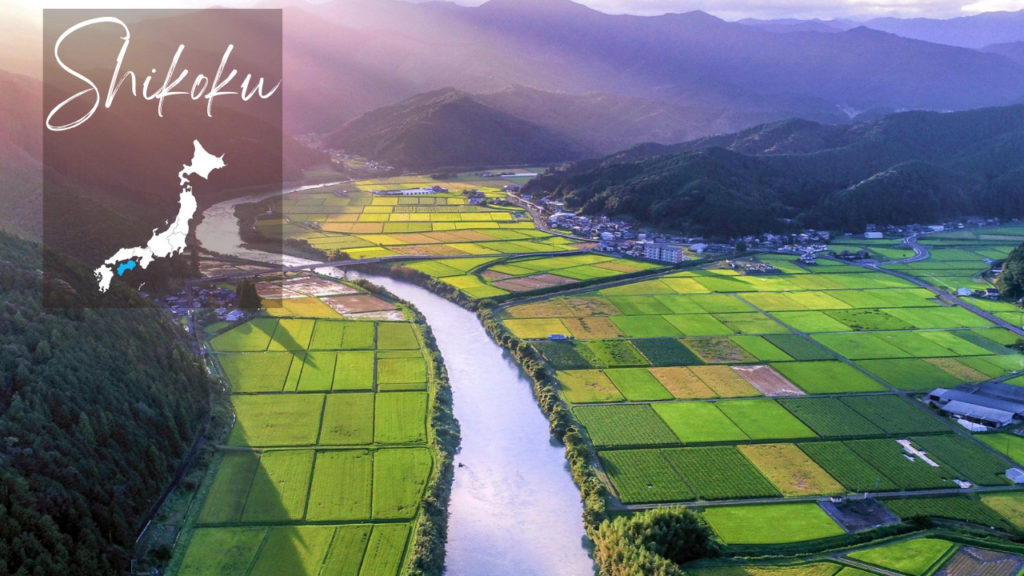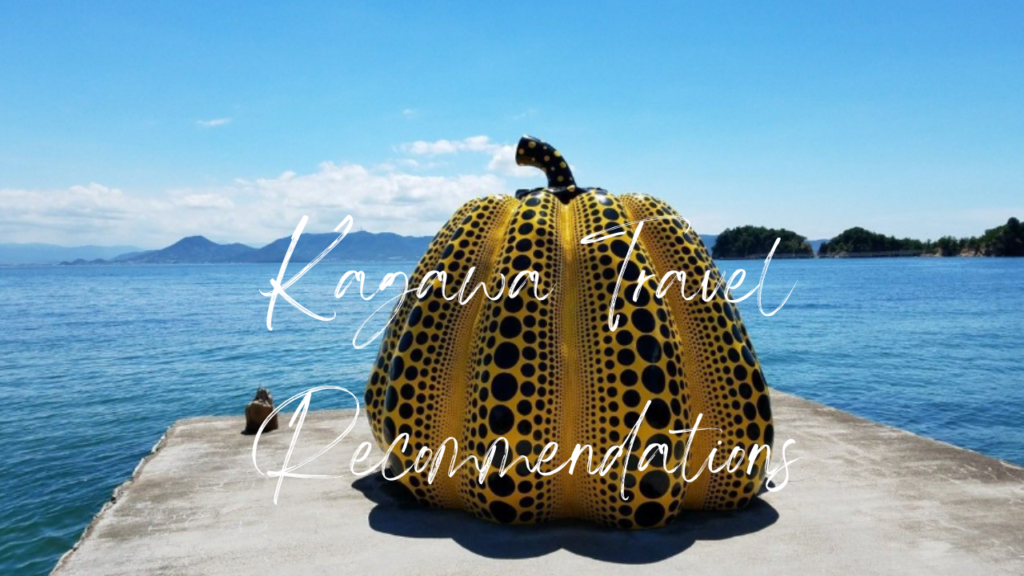Contents
Overview of Shikoku region
The Shikoku region is one of the four main islands of Japan and is located in the western part of the country. It consists of four prefectures: Ehime, Kagawa, Kochi and Tokushima, each with its own unique charm and attractions. Shikoku is known for its beautiful natural scenery, rich cultural heritage, and delicious local cuisine.
Shikoku is also known for its relaxed way of life. Its many temples and shrines are a testament to its long history and spiritual importance, and its rugged mountains and pristine beaches offer a peaceful escape from the hustle and bustle of modern life. While the island may be small, it has a rich and complex history that is well worth discovering.
History of Shikoku region
Shikoku has been inhabited for thousands of years, although little is known about its early history.
In the late 12th and early 13th centuries, Japan was in a period of civil war known as the Genpei War. Shikoku played a key role in these conflicts, as many of the local lords were aligned with one side or the other. During this period, the island was subject to frequent invasions and battles, and many of its towns and cities were destroyed.
In the late 16th century, Japan was unified under the rule of the Tokugawa shogunate. Shikoku became part of the island of Shikoku-han, which was ruled by a succession of powerful daimyo (lords).
In the 19th century, Japan began to modernize and industrialize. Shikoku played a key role in this process, as it was rich in natural resources such as coal and iron ore. The island also had a thriving agriculture industry, producing rice, wheat, and other crops.
During the Meiji period (1868-1912), Shikoku underwent rapid development, with the construction of railways, roads, and other infrastructure. The island’s ports were modernized, and new industries such as textiles and papermaking were established. As a result, Shikoku’s economy began to grow, and its population increased.
Prefectures of Shikoku region
Ehime
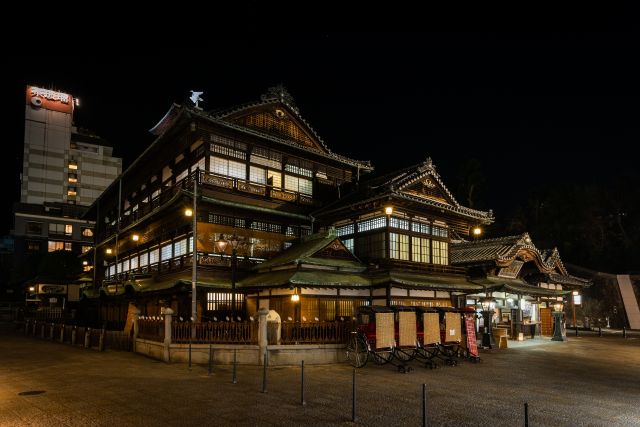
The prefecture of Ehime is located on the western coast of Shikoku and is known for its beautiful coastal scenery and hot springs. Matsuyama, the capital city of Ehime, is home to the famous Matsuyama Castle, one of the few original castles remaining in Japan. The Seto Inland Sea National Park, located near Ehime, is a popular destination for water sports enthusiasts, and the Dogo Onsen, one of the oldest hot springs in Japan, is a must-visit for travelers seeking relaxation and rejuvenation.
Here are some Ehime Travel Recommendations.
Kagawa
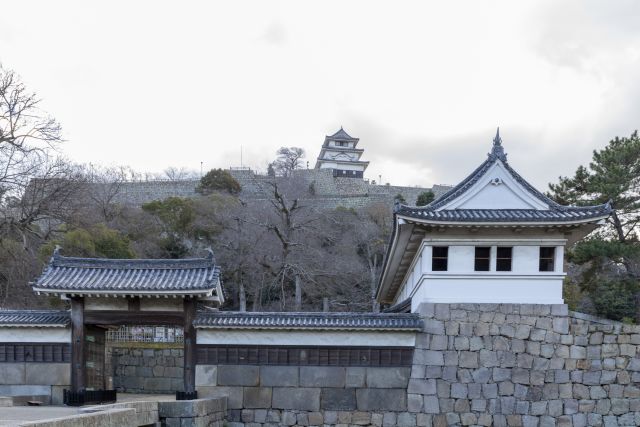
The prefecture of Kagawa is located in the north of Shikoku and is the smallest prefecture in Japan. Kagawa is famous for its udon noodles, which are considered to be some of the best in the country. The city of Takamatsu is the capital of Kagawa and is known for its beautiful gardens and parks, including the famous Ritsurin Garden. The art island of Naoshima, located near Kagawa, is a popular destination for art lovers and is home to a number of modern art museums and galleries.
Here are some Kagawa Travel Recommendations.
Kochi
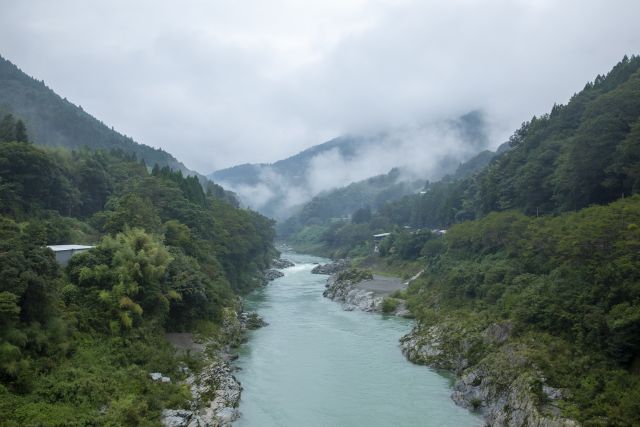
The prefecture of Kochi is located on the southern coast of Shikoku and is known for its rugged coastline and mountainous terrain. Kochi is the largest of the four prefectures in Shikoku and has a rich cultural heritage, including traditional music and dance. The city of Kochi is the capital of the prefecture and is home to the famous Kochi Castle, which was built in the 17th century. The Shimanto River, located in Kochi, is one of the clearest and most pristine rivers in Japan and is popular for rafting and fishing.
Here are some Kochi Travel Recommendations.
Tokushima
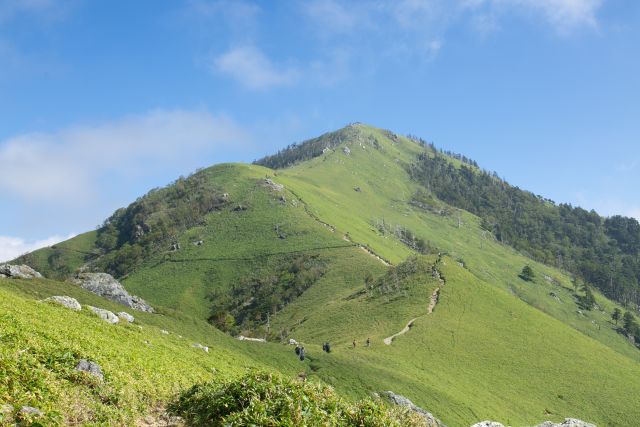
The prefecture of Tokushima is located on the eastern coast of Shikoku and is known for its traditional dance, Awa Odori, which is held annually in August. The city of Tokushima is the capital of the prefecture and is home to a number of historical attractions, including the Tokushima Castle ruins, the Tokushima Prefectural Museum, and the Awa Odori Kaikan. The Naruto Whirlpools, located near Tokushima, are a natural phenomenon that occurs in the Naruto Strait and are a popular attraction for tourists.
Here are some Tokushima Travel Recommendations.
Top 10 best things to do in Shikoku region
Visit the 88 Temple Pilgrimage
The Shikoku region is famous for the 88 Temple Pilgrimage. This pilgrimage route is over 1,200 km long and takes visitors through some of the most picturesque and spiritual places in Japan. The pilgrimage takes around 2-3 months to complete, but you can choose to do a shorter route if you want. It is a great way to explore traditional Japan and learn more about Japanese culture.
Explore the Iya Valley
The Iya Valley is a remote and rugged area that is known for its stunning natural beauty. From the Kazurabashi Bridge to the Oboke Gorge, the Iya Valley has a variety of attractions for outdoor enthusiasts. Visitors can go hiking or kayaking, visit local hot springs, or just take in the stunning views.
Visit Ritsurin Park
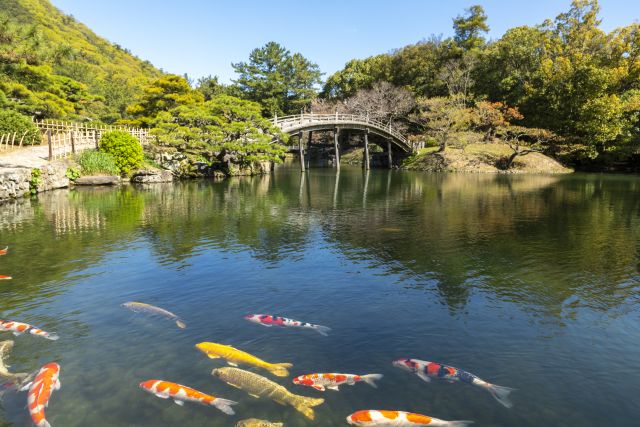
Ritsurin Park is a traditional Japanese garden that is considered one of the most beautiful parks in Japan. The park covers over 74 hectares and has a variety of features such as tea houses, ponds, and bridges. Visitors can enjoy a peaceful stroll through the park and take in the views of Mount Shiun.
Visit the Naruto Whirlpools
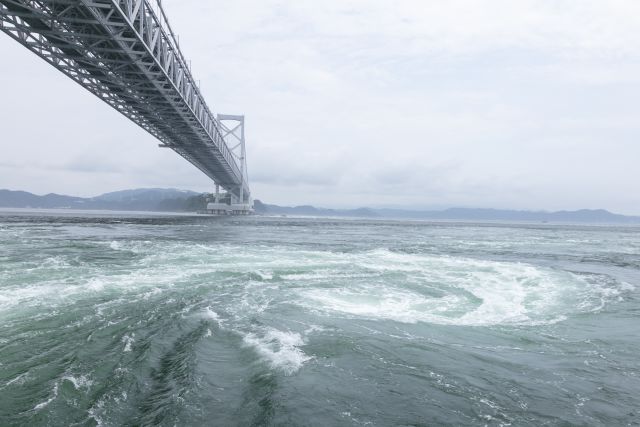
The Naruto Whirlpools are one of the most famous natural attractions in Japan. The whirlpools are caused by the currents in the Naruto Strait and can reach up to 20 meters in diameter. Visitors can view the whirlpools from a bridge, take a boat tour, or go on a guided tour.
Visit Kochi Castle
Kochi Castle is one of only twelve castles in Japan that still retains its original wooden structure. The castle was built in 1603 and served as the residence of the Kochi daimyo. Visitors can explore the castle and its grounds, which includes a museum about the castle’s history.
Visit the Kotohira-gu Shrine
The Kotohira-gu Shrine is one of the most famous shrines in Japan. It is dedicated to the god of sailors and is located on a hill overlooking the town of Kotohira. The shrine is known for its long staircase, which has over 1,000 steps. Visitors can explore the shrine’s many buildings and enjoy the views from the top of the hill.
Explore the Shimanto River
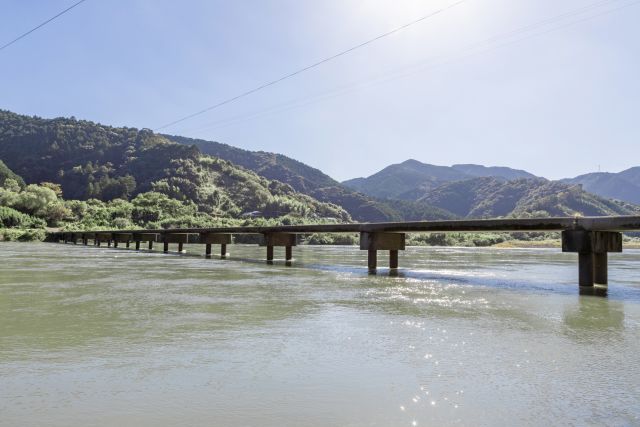
The Shimanto River is known as the last clear stream in Japan. Visitors can go kayaking or canoeing along the river and take in the stunning views. The river also has many hidden spots, such as waterfalls and natural pools, that are perfect for a picnic.
Explore Hirome Ichiba
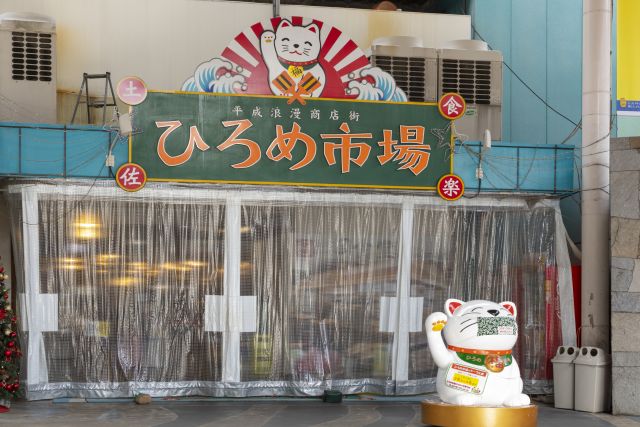
Hirome Ichiba is an open market located in Kochi city that boasts various local delicacies and cuisines. It is one place worth visiting for those who love to explore the different cuisines of the places they visit. So get prepared to indulge in some yamame sashimi, as well as local craft beer and sake.
Visit the Makino Botanical Garden
Makino Botanical Garden is situated in the middle of the city and is a great escape from the hustle and bustle of the city. The park is home to more than 3,000 species of plants, including various endangered and rare varieties. The garden also has a vast collection of tropical plants and flowers that will make your visit a memorable one.
Learn about indigo dyeing
Shikoku is famous for its indigo dyeing. Visitors can learn about the history and process of indigo dyeing and even try dyeing their own fabric. Many workshops and classes are held in traditional Japanese settings, such as a local home or a temple.
Conclusion
In conclusion, the Shikoku region of Japan is a hidden gem that offers a unique and authentic experience for travelers. From its tranquil landscapes and spiritual sites to its warm hospitality and delicious cuisine, Shikoku has much to offer.
Exploring the region allows visitors to embark on a journey of self-discovery and spiritual enlightenment. The 88 Temple Pilgrimage, a sacred Buddhist pilgrimage that spans the entire island, is a significant highlight. Each temple holds its own allure and offers a chance for reflection and introspection.
Nature enthusiasts will be captivated by the pristine beauty of Shikoku’s landscapes. From the awe-inspiring Naruto Whirlpools to the lush greenery of the Iya Valley, there are endless opportunities for outdoor adventures. Hiking, cycling, and hot spring retreats are just a few of the activities that allow visitors to connect with nature.
The cuisine of Shikoku is a true delight, with its focus on fresh seafood, citrus fruits, and unique local dishes. Sanuki udon, a thick and chewy wheat noodle dish, is a must-try specialty that will tantalize your taste buds.
Visiting Shikoku during the springtime allows you to witness the vibrant cherry blossoms in full bloom, while autumn treats you to a tapestry of colorful foliage. The region’s mild climate makes it a year-round destination, with each season offering its own charm.
Getting to Shikoku is convenient via air, train, or ferry, and once there, public transportation and rental cars make it easy to navigate the island.
In summary, Shikoku is a destination that offers a unique blend of spirituality, natural beauty, and culinary delights. It’s a place where you can immerse yourself in the essence of traditional Japan and discover a slower pace of life. So, embrace the tranquility and charm of Shikoku and create memories that will last a lifetime.
Regenerate response

